Lectiure by Gregory Bateson.
Get the latest international news and world events from around the world.
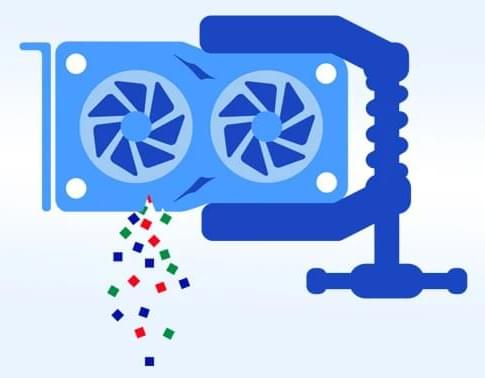
Researchers Uncover New GPU Side-Channel Vulnerability Leaking Sensitive Data
🚨 A new vulnerability called GPU_zip has been discovered in almost all modern graphics processing units (GPUs), potentially allowing for information leaks.
Read details:
Learn how your GPU could be at risk.
Your GPU might be leaking data. GPU Side-Channel Vulnerability Exposes Modern GPUs to Data Leakage. Learn how this could impact your online privacy.
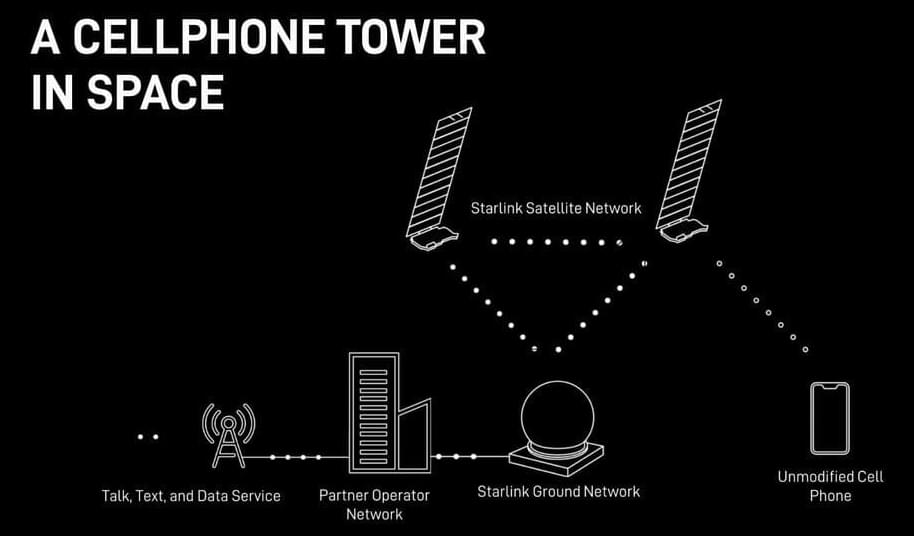
Starlink Direct to Cell Services Start in 2024
Starlink satellites will soon be offering Direct to Cell capabilities to enable texting, calling, and browsing everywhere on Earth. SpaceX will start satellite-based text messaging in 2024 and expand to voice and text support in 2025. They will offer cellular connectivity to IoT devices in 2025. The service will work with existing LTE phones without the need for any hardware, firmware changes, or special apps.
Direct to Cell will also connect IoT devices with common LTE standards. SpaceX plans to equip its future Starlink satellites with an advanced eNodeB modem. This innovation will essentially transform a Starlink satellite into a cellphone tower in space.
This will be enabled by tens of thousands of satellites and eventually millions of satellites will replace most of the 5 million cell towers on Earth. It will means everyone and everything can be connected. All people, robots, and self driving vehicles will be connected.

Tesla releases official API documentation to support third-party apps
Tesla has officially released its API documentation to support third-party apps – after years of operating in a gray zone with an unofficial API.
For now, it is geared toward fleet management, but developers are hoping it is a first step toward creating a healthy app ecosystem.
The automaker has talked on and off about releasing a software development kit (SDK) to create a full third-party app ecosystem operating with its vehicles, which have giant touchscreens and connectivity.

There might be just one multiverse
The idea of the multiverse has at least two conceptually distinct sources in theoretical physics: quantum mechanics and cosmology. The many worlds of quantum mechanics are very different in terms of their nature and origin from cosmology’s multiverse. However, physicists have reason to believe that ultimately, these two distinct multiverses are in fact one and the same, writes David Wallace.
In big budget science-fiction and fantasy franchises, the “multiverse” is a collection of universes – some quite like our own, some differing from ours only in the way some historical event played out or some person’s life unfolded, some vastly different and filled with strange wonders. But in the drier and more disciplined world of modern physics, “multiverse” means… well, pretty much the same, only without the prospect of easily moving from one universe to the next. The multiverse of physics is revealed more subtly, by hints hidden in our observations and our theories.
Or rather: the multiverses of physics are revealed more subtly. For remarkably, physics gives us not one but three different multiverses, and reasons to accept all three.
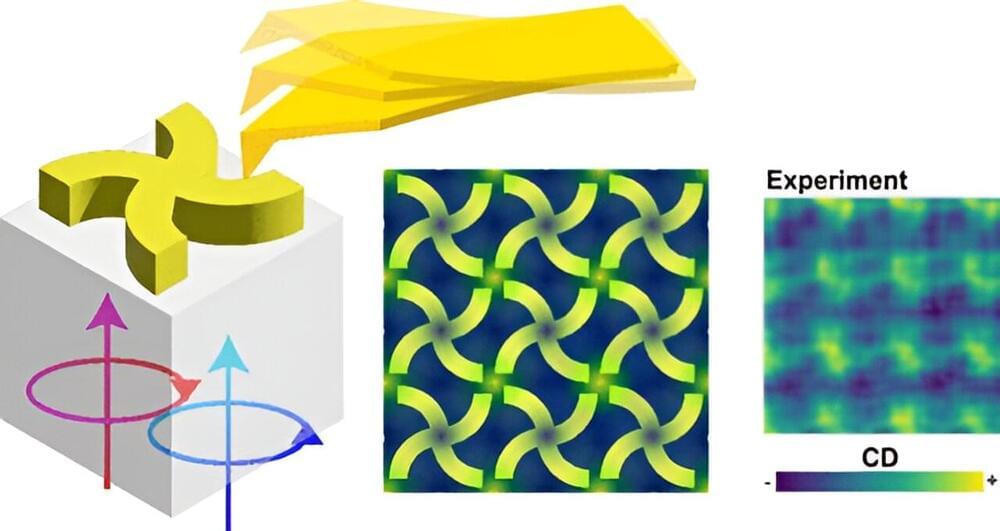
Chiro-optical force observed at the nanoscale
A research group at the Institute for Molecular Science has successfully observed the left and right handedness of material structures at the nanoscale, by illuminating chiral gold nanostructures with circularly polarized light and detecting the optical force acting on a probe near the nanostructures. This result demonstrated that it is possible to analyze the chiral structure of matter at the nanoscale using light.
Chirality describes the property of a material structure not being superimposable onto its mirror image. Since the left and right hands, which are mirror images of each other, do not coincide (they are not the same), they are chiral.
Chiral objects can be distinguished to right-or left-handedness. Many substances that constitute life are chiral, and often only one of either the right-or left-handedness naturally exists. Also, in new functional materials, their chiral nature often plays an important role for the functions.
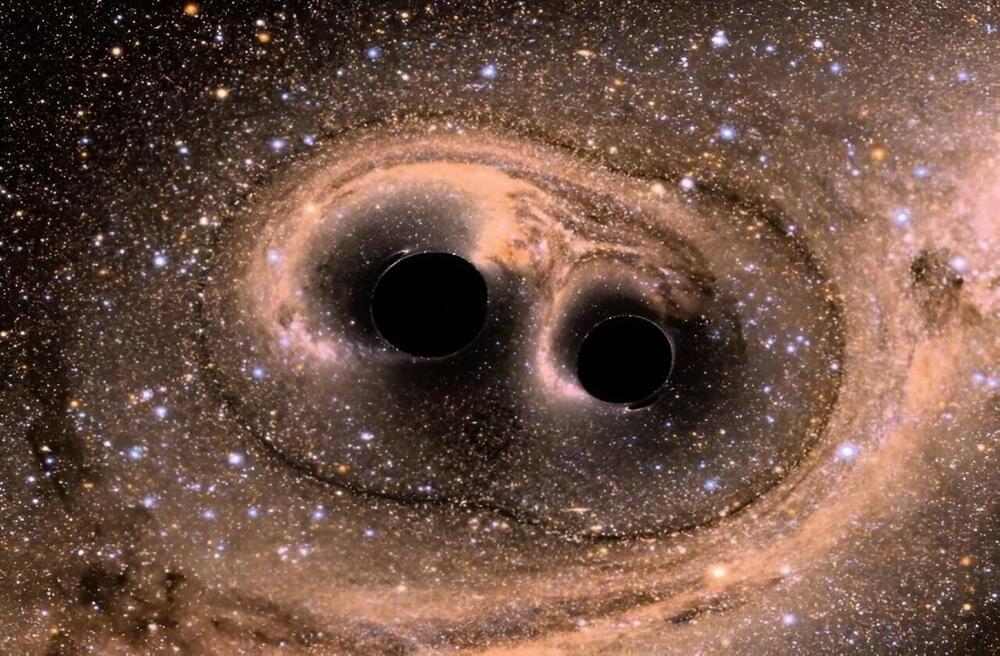
Saturday Citations: Gravitational waves, time travel and the simulated universe hypothesis
This week, researchers proved empirically that life isn’t fair. Also, you’ll notice that, in a superhuman display of restraint, I managed to write a paragraph about the simulated universe hypothesis without once referencing “The Matrix.” (Except for this reference.)
Oh, so a European research team has proven that flipped coins aren’t actually fair? Buddy, life isn’t fair! Do you think the world owes you two equally probable outcomes as established by an axiomatic mathematical formalization? When I was a kid, we didn’t even have coins! We had to roll dice! It took 10 minutes to start a football game! Oh, so a coin is very slightly more likely to land on the same face as its initial position? Quit crying! It’s only a meaningful bias if you flip a coin multiple times!
Applying a recently discovered physical law, a physicist at the University of Portsmouth has contributed to the discussion about whether or not the universe is a simulation. The simulated universe hypothesis proposes that the universe is actually a simulation running on a vastly complex computing substrate and we’re therefore all just NPCs, walking through our animation loops and saying, “Hail, summoner! Conjure me up a warm bed!” and “Do you get to the Cloud District often?”
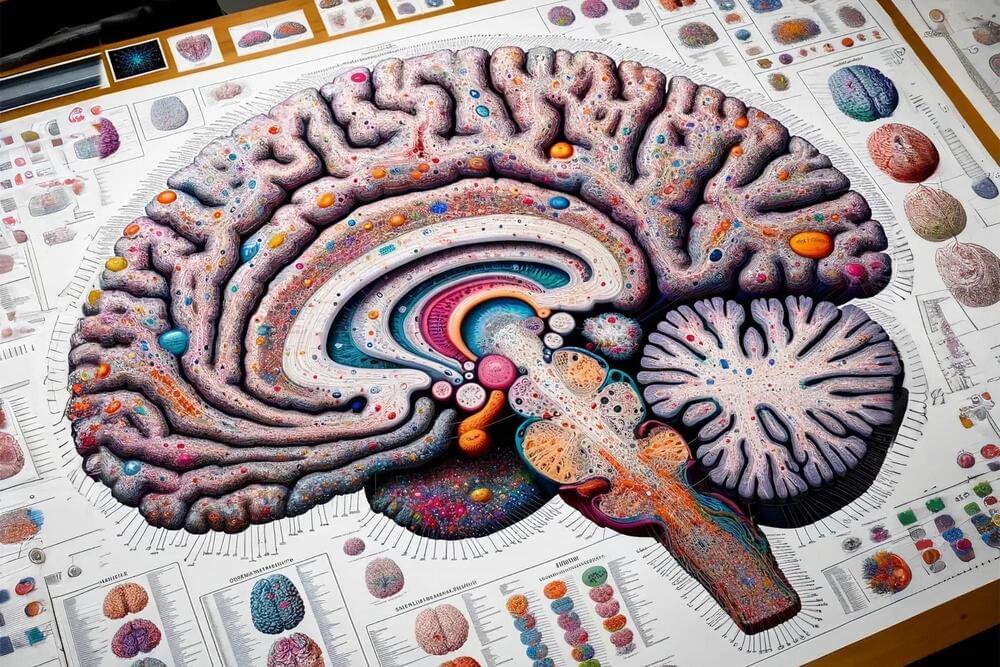
Mapping the Mind: Decoding Neuropsychiatric Disorders With the Human Brain Cell Atlas
Researchers map gene switches and brain cell types associated with schizophrenia, bipolar disorder, Alzheimer’s.
Alzheimer’s disease is a disease that attacks the brain, causing a decline in mental ability that worsens over time. It is the most common form of dementia and accounts for 60 to 80 percent of dementia cases. There is no current cure for Alzheimer’s disease, but there are medications that can help ease the symptoms.

Unraveling the Secrets of the Early Universe — Ringing Protons Provide New Insight
During the mid-20th century, scientists discovered that protons have the ability to resonate, akin to the vibrations of a bell. Over the subsequent thirty years, advancements have led to 3D pictures of the proton and significant insight into its structure in its ground state. However, there remains limited knowledge about the 3D structure of a resonating proton.
A recent experiment conducted at the U.S. Department of Energy’s Thomas Jefferson National Accelerator Facility has delved deeper into the three-dimensional structures of both proton and neutron resonances. This research provides one more puzzle piece to the vast picture of the chaotic, nascent universe that existed just after the Big Bang.
The Big Bang is the leading cosmological model explaining how the universe as we know it began approximately 13.8 billion years ago.

Vaping and Chronic Stress: Scientists Discover Worrisome Connection
According to a study recently presented at the European Respiratory Society International Congress in Milan, Italy, young people who have used e-cigarettes are more than twice as likely to report experiencing chronic stress.
The study was presented by Dr Teresa To, a senior scientist at The Hospital for Sick Children (SickKids) in Toronto, Canada. She said: “Research is starting to show how vaping affects young people’s physical and mental health. For example, our previous research has shown that those who vape are more likely to suffer an asthma attack. In this study, we were particularly interested in the relationship between vaping, mental health, and quality of life among young people.”